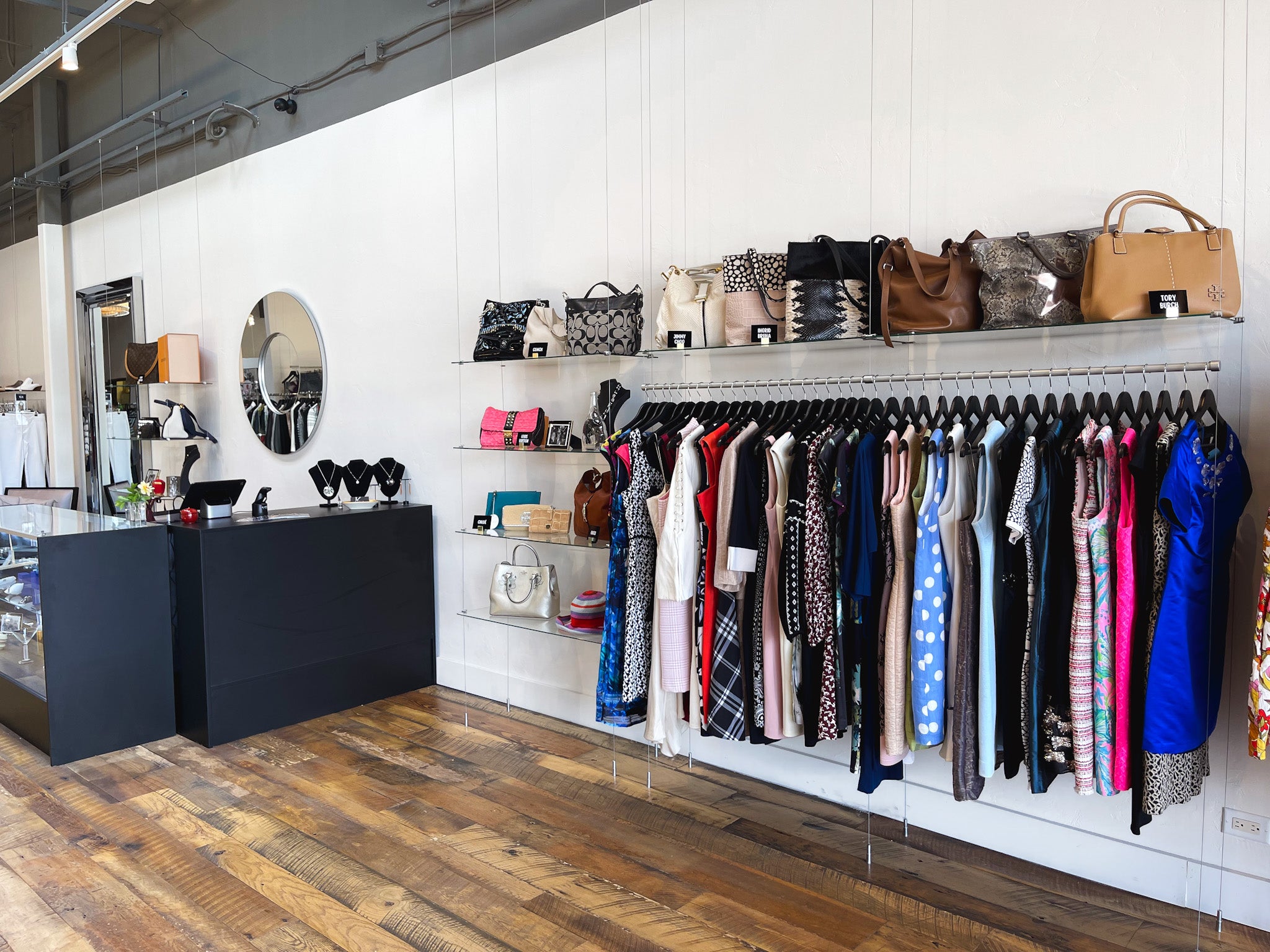A Newbie's Guide to Browsing the Boutique Fashion Scene
A Newbie's Guide to Browsing the Boutique Fashion Scene
Blog Article
A Deep Dive Into the World of High-Fashion Runways: Recognizing Apparel as Art
Developers, much like masterful musicians, weave complex narratives via textile, color, and form, redefining and testing traditional norms charm criteria. As we discover these sartorial eyeglasses, we must ponder: what function does fashion play in shaping societal worths, and how does it show the ever-changing tapestry of human feeling and identity?
The Evolution of Runway Shows
The trajectory of path programs has actually transformed significantly over the years, progressing from unique industry occasions to fascinating eyeglasses that mix fashion with art. Commonly, path shows were intimate events, kept in ateliers or little venues, primarily attended by purchasers and industry insiders. These very early discussions concentrated on the garments' craftsmanship and industrial practicality, providing a direct and practical screen of seasonal collections.
As the style market increased, the nature of runway programs started to change. The 1970s and 1980s noted a transforming point, with developers looking for to identify themselves through even more theatrical discussions.
In recent years, technology and social media have better revolutionized path programs, making them easily accessible to a worldwide target market. Livestreaming and electronic systems have actually democratized style, enabling enthusiasts worldwide to witness these occasions in real-time (boutique fashion). This advancement reflects a wider social shift, where high-fashion paths work as a dynamic crossway of design, development, and performance
Designers as Dreamer Artists
Exactly how have developers transcended their duties to come to be visionary artists? Designers in the high-fashion industry have actually obscured the lines between useful garment creation and the conceptual world of art. This makeover appears in the way they approach their collections, not merely as clothing however as extensive expressions of identification, feeling, and culture. By accepting artistic techniques such as sculpture, paint, and avant-garde installments, designers craft garments that challenge standard fashion norms and elevate them to art types.
Visionary developers draw ideas from a myriad of sources, including abstract art, historic referrals, and personal narratives. They possess an one-of-a-kind ability to imagine and materialize ideas that press the borders of standard fashion, typically redefining aesthetic paradigms in the process. This creative resourcefulness is showcased via remarkable silhouettes, ingenious materials, and intricate workmanship, which welcome audiences to experience style as greater than simply wearable products.
In addition, the runway functions as a canvas for these musicians, where lighting, music, and set layout coalesce to create immersive experiences. These presentations are not merely displays Continue of clothing yet are coordinated efficiencies that stimulate feeling and prompt thought, affirming the designer's duty as a true artist in the modern cultural landscape.
Cultural Impacts in Style
Social tapestry weaves its intricate patterns right into the material of fashion, affecting developers internationally. The vibrant interchange of social stories, practices, and signs informs and motivates collections that poise high-fashion runways.
The impact of culture on style is usually seen in the reinterpretation of standard garments and patterns. For circumstances, using Japanese bathrobes, Indian saris, or African prints in modern fashion shows a blend of cultural authenticity and modern appearances. Developers such as Valentino's Pierpaolo Piccioli and Alexander McQueen's Sarah Burton have been understood to include rich cultural motifs into their couture collections, converting background right into wearable art.

Advancement in Fabric and Layout
Technology in material and design continually improves the landscape of high-fashion, pressing limits and redefining possibilities. Developers are significantly discovering the combination of innovation, such as 3D printing, which permits for the development of intricate structures that were previously unthinkable.
The style sector is observing a surge in the use of eco-friendly materials, obtained from recycled plastics, organic fibers, and even eco-friendly parts. Designers are embracing these products to craft garments that are both visually striking and conscious of their eco-friendly footprint.
In regards to layout, progressive shapes and experimental forms are continually transforming the path. By integrating unconventional materials and advanced strategies, designers cultivate garments that blur the line between style and art, establishing visite site new criteria for imagination and expression in the high-fashion ball.
Effect of Style on Society
Fashion wields a profound impact on culture, serving as both a representation of cultural identity and a driver for social modification (boutique fashion). With its evolution, style has mirrored social shifts, enveloping the zeitgeist of different periods.
Furthermore, style has the power to bridge cultural gaps, fostering understanding and gratitude amongst diverse teams. As globalisation increases, the cross-cultural exchange of fashion ideas becomes significantly considerable, promoting inclusivity and diversity. The increase of streetwear, stemming from metropolitan subcultures, highlights how style can go beyond socio-economic limits, giving people a way of self-expression and empowerment.
In essence, fashion is not merely concerning this hyperlink appearances; it is a vibrant force that affects values, mindsets, and societal progression (boutique fashion). By continuously communicating with social and social currents, style stays an important part of the cumulative human experience
:no_upscale()/cdn.vox-cdn.com/uploads/chorus_image/image/62476024/DrielyS-4990.0.0.0.jpg)
Conclusion
Developers, akin to visionary artists, manage collections that reflect identity, feeling, and cultural narratives, challenging standard looks. This crossway of fashion and virtuosity not only captivates target markets globally yet also affects societal assumptions and promotes a much deeper admiration for social variety.

Social tapestry weaves its detailed patterns right into the material of fashion, affecting developers globally.Fashion wields an extensive impact on society, serving as both a representation of social identification and a stimulant for social adjustment.
Report this page